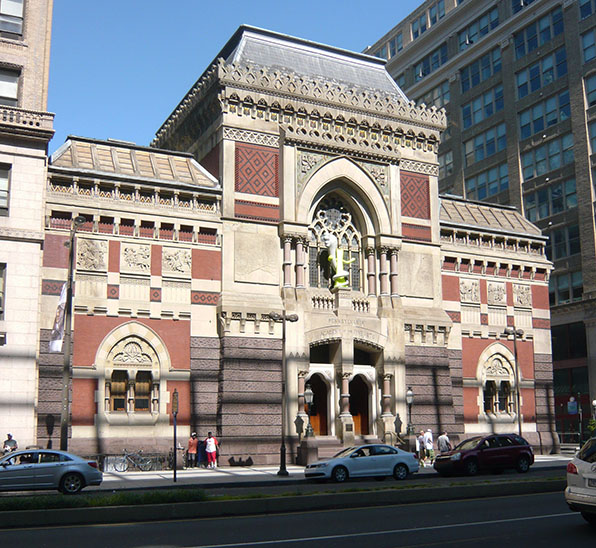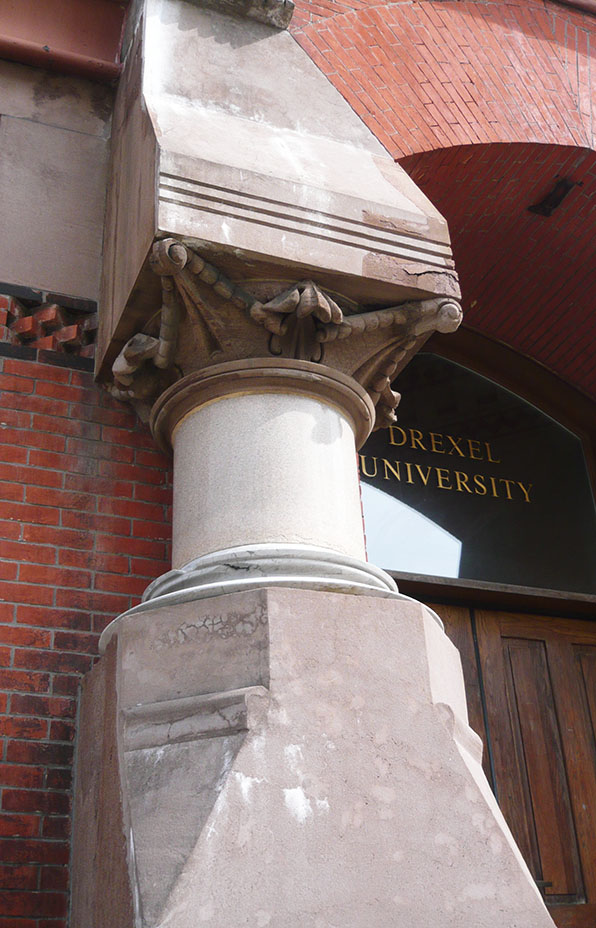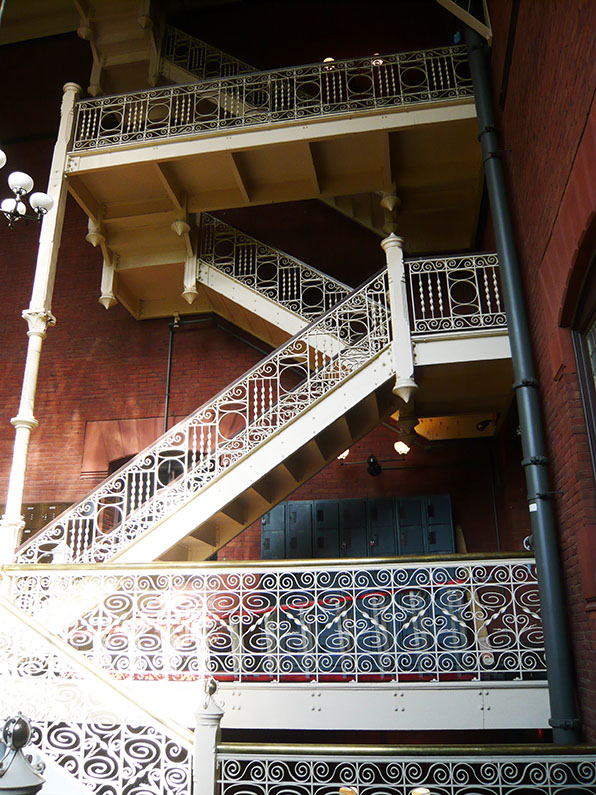So much of our understanding of what makes a building beautiful is based on a notion of discovering or uncovering the perfectly pleasing proportions of an architectural space or facade. From the earliest writing on architecture in the western world, we have been obsessively concerned with the proper height to width ratio of a column, be it ionic or corinthian, or the relationship of room's length to its height. Medieval cathedral builders used sacred proportions and numerology to establish the relationships between the height of a vault and the curvature of an arch. Palladian villas often use torturous combinations of overlapping Golden Sections to explain how a window opening relates to an overall facade or a room's plan is in sympathy with its elevation. All of this is true and even in our obsession with functionalism over the last 150 years, mathematical proportion systems still play a significant role in the design process, even if they are a but subconscious to the designer.
But it doesn't always make for great buildings and sometimes ill-proportioned, contorted relationships can generate astounding beauty. This is all a long introduction, and maybe justification, of why I love the work of the Philadelphian Victorian-age architect Frank Furness.
Furness surely had no notion that he was trying to find some subtle balance between horizontal and vertical, or tension and repose. Even after a hundred years, his designs feel like they are ready to stride off into the future, they have no time for academic debates about proportion or mathematics. They are the dynamism of the 19th century industrial age writ in stone and brick and have no patience for equipose and pleasing proportions.
Furness's posts are not so much columns in the classical tradition as they are little pistons, compressed to their extreme, ready to thrust upward and send the rest of the building skyward.
The capitals of his piers are not carefully proportioned, reposed terminations of the entire base-shaft-capital ensemble of classical architecture. They, like their piston-like cousins, are compressed, flattened down by monumental forces, squeezing them outward, but always on the verge of springing back.
Furness's work is not conventionally beautiful or well-composed. It does not sit comfortably with how academics, critics and historians assign and assess great architecture. In his lifetime he designed over 300 buildings, most of which are gone, their wild proportions and gaudy dynamism relegated to scrap in the face of changing times and shifting tastes.
Now, with a precious few buildings left, Furness's work is well-loved in his hometown. When I was a graduate student and visited Philadelphia, there were a number of his works still standing but slowly falling apart, largely ignored. Last July when I once again had the opportunity to make a trip to Phily, these same buildings have been lovingly restored, their stewardship a point of local pride.
I hope this renewed interest in his buildings is not just a sign of a kind of fetishization of old buildings. I hope that it is a recognition of not only the value of preservation in general, but in the appreciation of an architecture that isn't so well-composed and tame, not quite so willing to be beautiful and calmly reposed. Maybe the dynamic, fantastical and "ill-conceived" can, in the hands of a master architect, create its own kind of beauty and redefine what that can mean for all of us.






